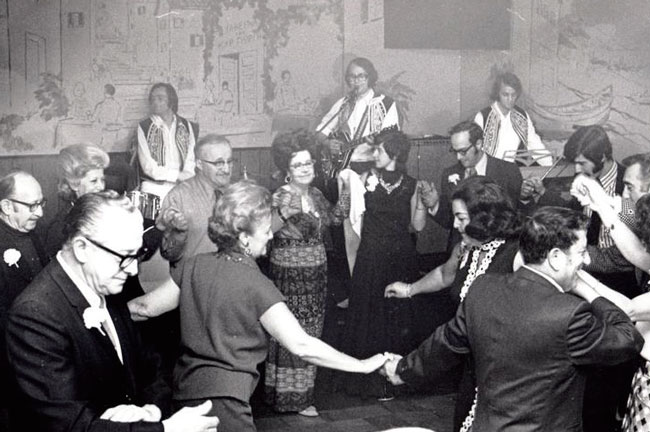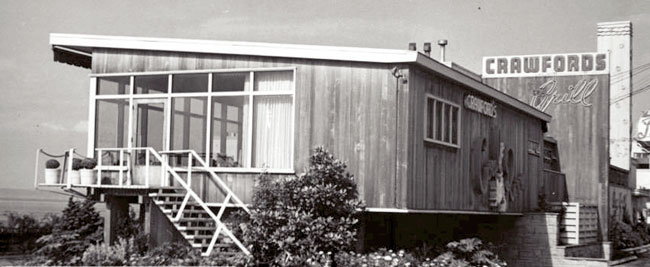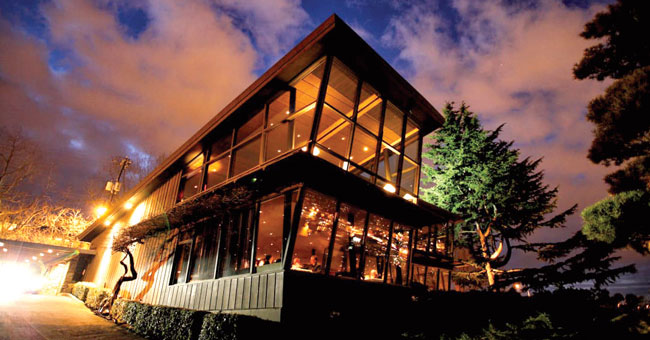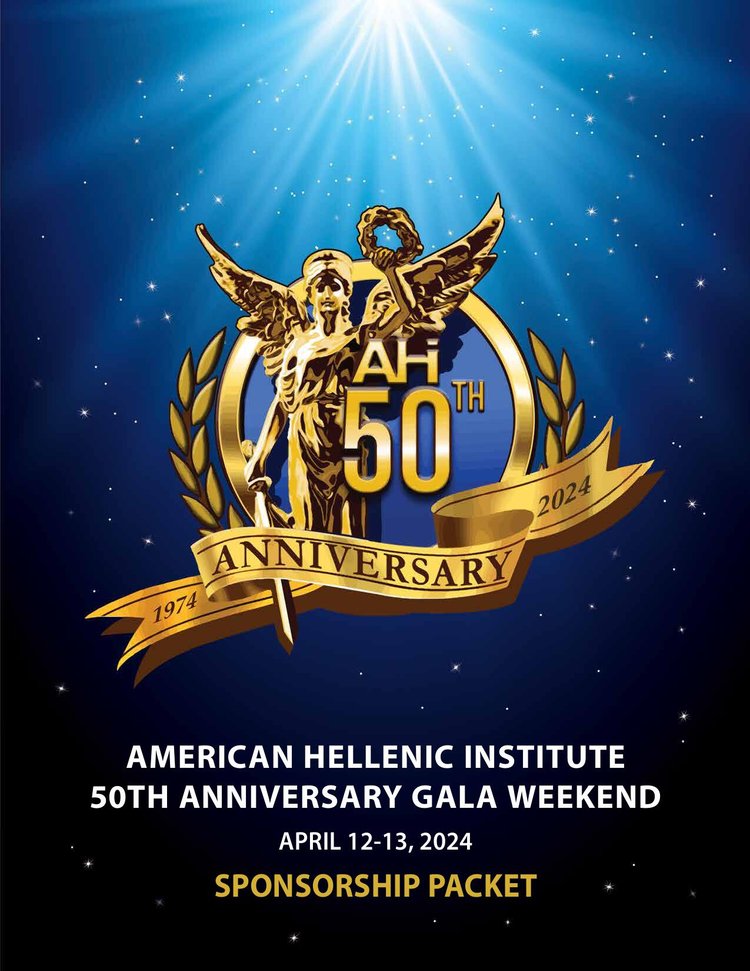Greek Restaurants in Washington State since 1900
Posted by estiator at 9 March, at 10 : 57 AM Print
«A Place at the Table»: The Story of Greek restaurant owners in Washington State
By TASO G. LAGOS
MORE than 300 restaurants have been owned or operated by Greeks in Washington state since 1900, about 200 of them in the Seattle area. Many places remained for a while, others for decades. An exhibit called “A Place at the Table,” the story of Greek restaurant owners in the state, chronicled this unique history and was shown at the Museum of History and Industry in Seattle.
The organizer of the event, John Nicon, is a charming, affable man with a terribly winning smile who, along with his wife, Joann, has spent his retirement developing Greeks in Washington (www.greeksinwashington.org) to serve as a museum without walls. It collects, analyzes, sorts, and keeps a record of the events surrounding Greek immigrants in Washington state. I serve as an advisor to the museum.
We met a few years ago when my family still owned the Continental Greek Restaurant in Seattle (they sold it in 2013 and retired) and John would come in to enjoy a bow of lentil soup.
It was at a meeting of the Greeks in Washington board that the “Place at the Table” exhibit was first discussed. I suggested this would simply perpetuate the stereotype of Greek-Americans in the restaurant industry without regard to our other accomplishments. It’s a shortsighted view, but I confess that’s how I thought.
The exhibit went forward, but I didn’t attend, to my regret. Valuable would it have been to learn more about the extraordinary contribution that Greeks have made, and continue to make, in the culinary industry. What changed me from skeptic to admirer of Greek restaurants was a food class that I taught at the University of Washington a year ago.
It was there that I learned more about ethnic food and its value to American culture and society. Men and women, many of them immigrants, learned about business by starting or taking over eateries. With little education or even capital, they worked unheard of hours, made do with little capital, and relied on their imagination. Through pluck and luck, they achieved success and even assimilation into mainstream society.
The class also let me reflect on my own background in the restaurant business. My family owned the Continental Greek Restaurant for nearly 40 years. I watched with my own eyes how owning our own operation gave us dignity and a toehold into American life.
* * *

Group of people dancing to Greek music at Tops 24 Restaurant owned by George Sepranos in celebration of Peter Wells’ 80th birthday.
The “Place at the Table” exhibit consisted of old black-and-white photos and a partially reconstructed actual diner counter. The walls were dotted with photos from local restaurants—stern, determined faces of workers in long white aprons and customers in fedora hats caught in a moment of disturbance. These photos revealed the stories of Greek restaurateurs.
Nicon notes in the video he made of the exhibit that many Greek-owned eateries had names that reflected symbols of American patriotism, like the Eagle Café and the Green Apple Café, both in Seattle. And it was not just restaurants but also the restaurant suppliers (beverage companies, food suppliers, printers, and the like) that circled around these operations that provided further support for Greek eateries and ensured that Greeks cemented their strong hand in the hospitality industry.
Many of the restaurateurs were immigrants who discovered that opening professions open to them. With family members working in the places, it meant labor costs were low.

During the 1940s and 1950s, Nick Zanides bought and ran Crawford’s Sea Grill, a beloved Seattle restaurant. Zanides got his start working as a waiter at the Fairmont after immigrating from Turkey, where his family experienced extreme hardship. When he struck out on his own and bought Crawford’s, he renovated the place with a new coral mural, new lighting and copper wallpaper.
What these restaurant operators did not know was that they were unwittingly feeding into the concept of the immigrant class as servants of the native born. Food has always been considered a feminine activity; restaurant work as second to masculine work, or the kind that takes place in industrial factories. It only takes a few minutes in the kitchen of a restaurant to appreciate the hard work involved in eateries, but the notion remains.
As immigrants, Greeks were already thought of as “second class,” so their ownership of restaurants only perpetuated this idea. It is little wonder that children of these immigrants rebelled against this notion and sought a way out of the restaurant business. Many Greek eateries have closed because the owners’ children have refused to continue their operation.
Within the food hospitality industry, a hierarchy developed around food. Some cuisines—French, Italian and Japanese—were considered more upscale than pedestrian food like Chinese, Mexican, and Greek. It took some time, but now Greek is rising in culinary circles, no longer just known for “gyros” and “Greek omelets,” but taking on upscale overtones.
Like in any industry, there’s churn. It’s hard to operate a restaurant. But memoires remain, even if only in the hearts of their customers. The exhibit captured these memories, even for places that today remain in business but are no longer owned by Greeks; for example, the Athenian Café in downtown Seattle. For others that came and went, such as Tops 24, Greek Village, and Georgia’s, their legacies have not entirely vanished. Old-timers in Seattle can still remember them.

In 1949, Canlis became the most expensive restaurant built in Seattle in 30 years. Greek-born founder Peter Canlis favored eastern influences, hiring a staff of exclusively Japanese women and dressing them in kimonos. Canlis still stands today, winning many James Beard awards and featuring a modern chef.
Churn, but also stability and resilience. Canlis Restaurant offers first-rate food with stunning views. It is one of the elite establishment restaurants in Seattle, and has operated since 1950. Peter Canlis, its first owner, was of Lebanese-Greek ancestry. Today his sons Mark and Brian Canlis continue the tradition. Olympic Pizza is alive and well today, another long staple of the Seattle restaurant scene.
* * *
Part of the churn lies with the difficulty in sustaining a business over a long period, particularly one as labor intensive as eateries. After four decades, my family was exhausted from the daily pressure and stress. Day in and day out of serving over 250 customers per day, many more on busy days, seven days a week finally took its toll.
My parents and brother, who operated the business, never took a day off except on Thanksgiving, Christmas, and New Year’s, when the restaurant closed. My mother woke up daily (Monday through Monday) at 2:30 a.m. to drive to the restaurant to prep it for the day’s business.
While we can discuss the stereotypes about Greeks and restaurants (“Whenever two Greeks meet, they open a restaurant” was noted in the exhibit), less well known is how eateries helped immigrants assimilate into mainstream society.
My mother came to the United States with a third-grade education in Greece. When she and my family arrived, she had no knowledge of English, even after nearly a decade of being in America. So when my dad took over the restaurant in 1974, a few years later he invited my mom to help out. She had previously spent little time out of the house, and now suddenly she was thrust into a busy operation next to the University of Washington in Seattle, with over 40,000 students and 10,000 staff and faculty.
Slowly, haltingly, and with the help of customers, she learned to read and to write (she had to, as a server), and in time even became a de facto manager, running the operation as a tight ship. In time, she became a “borrowed mom” to many customers, including punk rockers who found her to be refreshingly blunt.
The restaurant had become a school for my mom, and for many other immigrants. Their contribution is immense, and it is a story worth telling. It was only after accepting this contribution that I rethought my attitude toward Greek-owned restaurants.
And I realized that this story is not being told. For the tens of thousands of Greeks associated with restaurants, the tragedy is that few have bothered to record their experiences. There are few historical accounts of such operations. It’s important to give a voice to these voiceless histories. Greeks should be proud of their immense contribution to American society through restaurants, and this record must finally be noted.
Dr. TASO G. LAGOS, founder and director of the Greece Study Abroad Program for Hellenic Studies at the University of Washington, where he also teaches, is the author of “American Zeus,” a biography of the Greek-American film theater pioneer Alexander Pantages. Pantages came to the United States in the 1880s with little money and by the 1920s operated one of the most important theater chains in the country. Lagos is currently working on a history of Greek restaurants in the United States for his next book. Dr. Taso G. Lagos, founder and director of the Greece study abroad program for Hellenic Studies at the University of Washington, where he also teaches, is the author of “American Zeus,” a biography of the Greek-American film theater pioneer, Alexander Pantages. Pantages came to the United States in the 1880s with little money and by the 1920s operated one of the most important theater chains in the country. Lagos is currently working on a history of Greek restaurants in the United States for his next book. He has contributed more than twenty years ago to both Estiator and Greek-American Review, also published by Peter Makrias. He teaches courses on Greek Diaspora, Global Citizenship and Community Engagement, the subject of his dissertation.
Estiator is the only monthly magazine that addresses the Greek-American restaurant industry. Browse our site to find other articles and advise or become a subscriber.
















